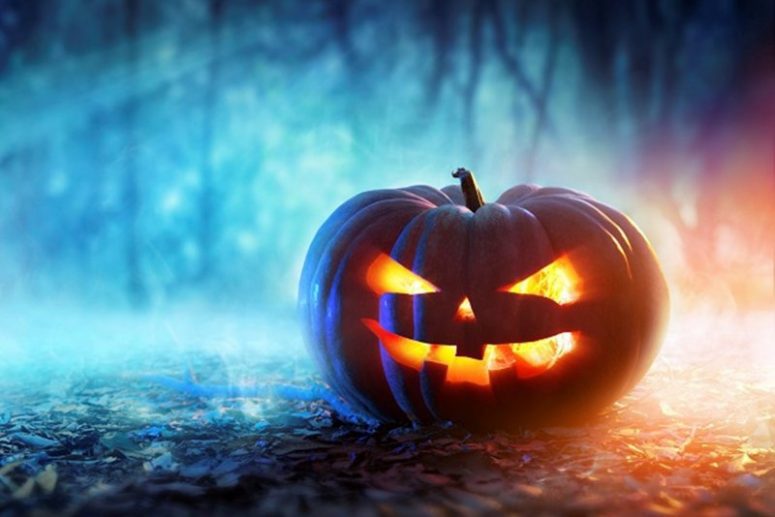Halloween is that time of year when themes of death, horror, evil, the strange and weird seem acceptable and seep into mainstream culture for a brief period. People are buying costumes and decorating their homes and workplaces in preparation for the annual event, the more gruesome the better. So, have you ever asked yourself what it is about this morbid, creepy and spooky time of year that we enjoy so much?
To find out why people enjoy Halloween, first we need to ask why people like to be frightened. As, the popularity of horror movies, video games, books and television shows are a testament to just how much people enjoying feeling afraid.
People like to be scared for biological reasons. Fear is the body’s natural response to a perceived threat or dangerous situation. When we are afraid, our body releases adrenaline so that we can cope with the situation by fighting or fleeing, this is known as the ‘fight or flight’ response. When watching horror movies, playing scary games, going on ghost walks, or through haunted houses, we can experience this fight or flight response while knowing that we are not in actual danger. Also, we can experience the excitement and rush of hormones in safe social environments.
According to research, people enjoy looking for fearful situations for excitement and entertainment, particularly individuals who are high in what Zuckerman (1994) coined as ‘sensation seeking’. This is described as “the seeking of varied, novel, complex and intense situations and experiences, and the willingness to take physical, social, legal and financial risks for the sake of such experiences (Zuckerman, 1994, p. 27)”.
People who are high sensation seekers interpret the experience of fear positively, whereas low sensation seekers find these emotions unpleasant (Edwards, 1991; Zuckerman, 1996). So, this helps explain why, when watching a scary movie, some of us are loving every moment and will not look away whereas some of us are hiding our eyes behind pillows.
Moreover, halloween gives us the opportunity to safely explore our fears through social bonding, watching a scary movie or by going to a costume party with friends. Research has shown that people interested in horror movies may have higher than average needs for social and emotional stimulation (Lawrence & Palmgreen, 1991). And the reactions of other people can enhance one’s own enjoyment of horror movies and scary activities, seeing your friend scream at the Tv is certainly entertainment.
Additionally, when we are scared, our bodies release a hormone known as oxytocin, this hormone has been found to intensify memories and facilitate social bonding. Thus, when people share a spooky experience, they may feel closer to each other.
Halloween allows us to safely explore our fears and violate social norms for one night. We get to put on a mask and become a character, let go of our inhibitions and play pretend for a while, isn’t that exciting. Even if you are not a fan of horror movies the fact you can dress up and enter a fantasy world for a while is pretty fun right?
If you’re having a hard time channeling your fears and think that you can benefit from professional support on this issue you can reach out here.
Stef Gafa’ is a counsellor with Willingness who has a particular interest in trauma, attachment, domestic violence and the LGBT community.
References:
Edwards, E. (1991). The ecstasy of horrible expectations: Morbid curiosity, sensation seeking, and interest in horror movies. In B. Austin (Ed.), Current research in film: Audience, economics, and law (Vol. 5, pp. 19–39). Norwood, NJ: Ablex.
Lawrence, P. A., & Palmgreen, P. C. (1991). A uses and gratifications analysis of horror film preference. In J. B. Weaver & R. Tamborini (Eds.), Horror films: Current research on audience preferences and reactions (pp. 161-178). Mahwah, NJ: Lawrence Erlbaum Associates.
Zuckerman, M. (1994). Behavioral expressions and biosocial bases of sensation seeking. New York: Cambridge University Press.
Zuckerman, M. (1996). The psychobiological model for impulsive unsocialized sensation seeking: A comparitive aproach. Neuropsychology, 34, 125-129.

